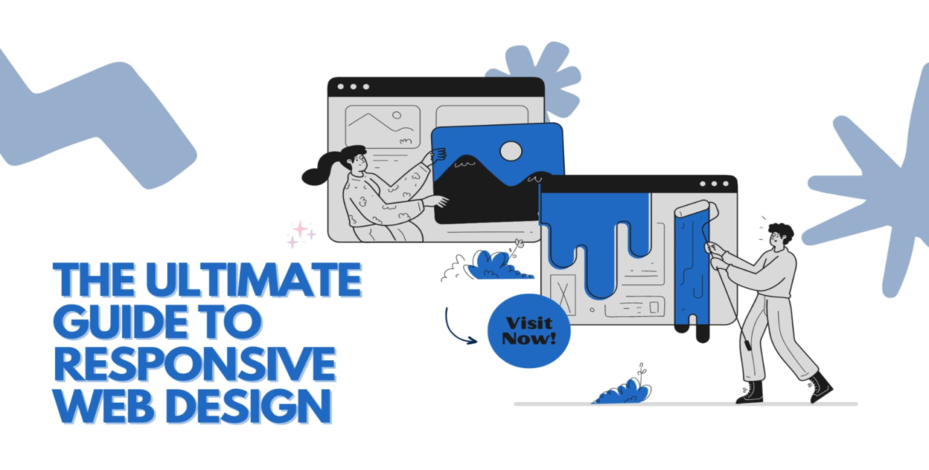A Comprehensive Guide to Responsive Web Design
Learn the fundamentals of responsive web design, its importance in modern web development, and how to implement it effectively to create web applications that deliver optimal experiences across devices and screen sizes.
Introduction
Responsive Web Design (RWD) is a crucial aspect of modern web development, ensuring that websites and applications look and function well across different devices and screen sizes. As mobile usage continues to grow, implementing responsive design is more important than ever. In this guide, we will explore the principles of responsive design and best practices to help you create websites that adapt seamlessly to any screen size.
Why JavaScript is the Key to Full-Stack Development
JavaScript has grown beyond its traditional role in the browser to become a powerful tool for both frontend and backend development. The rise of React on the frontend and Node.js on the backend has created a unified development experience where JavaScript is used across the entire stack. This consistency simplifies development, enhances performance, and reduces the learning curve for developers.
Why Responsive Web Design Matters
In today’s multi-device world, users access websites on a wide range of devices, including desktops, tablets, and smartphones. Without responsive design, your website may display poorly on smaller screens, leading to a poor user experience. Responsive design enhances usability, boosts SEO, and future-proofs your site for new devices.
Core Principles of Responsive Design
Responsive web design revolves around three core techniques:
1. Fluid Grids: Use relative units like percentages instead of fixed pixels to create layouts that scale with the screen size.
2. Flexible Images: Ensure that images resize appropriately by using CSS properties like max-width: 100% to prevent overflow.
3. Media Queries: Use CSS media queries to apply different styles for different devices, ensuring the layout adapts to varying screen widths.
Tools to Aid Responsive Design
There are several tools and frameworks that can help you implement responsive design more efficiently:
1. CSS Frameworks: Tools like Bootstrap and TailwindCSS come with built-in responsive design utilities that save development time.
2. Browser DevTools: Modern browsers offer responsive design mode, allowing you to test how your website looks on different screen sizes.
3. Image Optimization Tools: Ensure that your images are optimized for different screen resolutions using tools like Cloudinary or srcset in HTML.
Testing and Optimizing for Performance
Testing your responsive design across multiple devices is critical. Use both real devices and emulators to ensure consistency. Additionally, optimize your site’s performance by:
1. Lazy loading images to improve load times on mobile devices.
2. Minifying CSS and JavaScript files to reduce page size.
3. Using responsive fonts that scale well with screen size.
"Conclusion"
Responsive web design is not just a trend but a necessity in modern web development. By following the principles of flexible grids, responsive images, and media queries, you can create websites that provide an optimal experience across any device. As mobile-first development continues to dominate, mastering responsive design ensures that your projects are ready for the ever-changing digital landscape.




